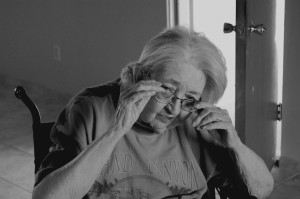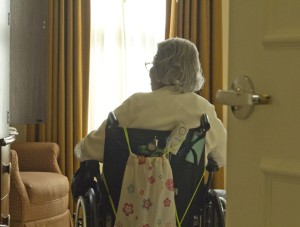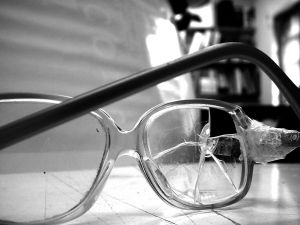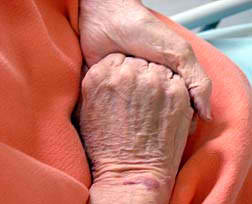Cutting costs was the state’s goal in eliminating the Adult Day Health Care (ADHC) system last year. That goal does not appear to have been met, according to a recent article in California Healthline. Instead the program that stemmed from a lawsuit challenging California’s proposal to eliminate the ADHC program, the Community-Based Adult Services program, will cost nearly as much as the old program, yet will provide services to fewer Californians. 
In the 1970s, California created the ADHC system to provide health and social services to the elderly and disabled. The system was a response, at least in part, to the many horrific stories of California nursing home abuse and neglect. In the face of public outcry and outrage, elimination of ADHC due to budgetary limitations quickly gave way to a scheme to restructure the program.
The restructured program, however, will cost almost as much as ADHC, but will provide services to only 80% of previous ADHC beneficiaries (previously ADHC served approximately 55,000 seniors and disabled persons annually). The original budget for ADHC was $170 million. The current budget for the replacement program, Community-Based Adult Services (CBAS), is $155 million, according to Lydia Missaelides, executive director of the California Association of Adult Day Services. But those numbers do not even take into consideration the costs of the legal and legislative battles over the programs or the amount of time, money, and effort it will take to get CBAS up and running. Thus, by some accounts, the revamping of ADHC has been, in large part, a failure.
 easing Rates of Elder Abuse
easing Rates of Elder Abuse Southern California Nursing Home Abuse Lawyer Blog
Southern California Nursing Home Abuse Lawyer Blog








 The Department of Public Health (DPH) enforces both state and federal regulations that govern California nursing homes. However, the state and federal systems follow different rules and can levy different fines and sanctions when nursing homes commit violations. According to the DPH, it receives about 19,000 complaints and facility-reported issues each year. The DPH instructs inspectors to first examine problems in light of state laws that allow them to levy fines of $1,000 to $100,000. Those fines can be levied for a number of reasons, including, for example, a finding of
The Department of Public Health (DPH) enforces both state and federal regulations that govern California nursing homes. However, the state and federal systems follow different rules and can levy different fines and sanctions when nursing homes commit violations. According to the DPH, it receives about 19,000 complaints and facility-reported issues each year. The DPH instructs inspectors to first examine problems in light of state laws that allow them to levy fines of $1,000 to $100,000. Those fines can be levied for a number of reasons, including, for example, a finding of  A state investigation conducted by health officials has uncovered a widespread problem in
A state investigation conducted by health officials has uncovered a widespread problem in 





